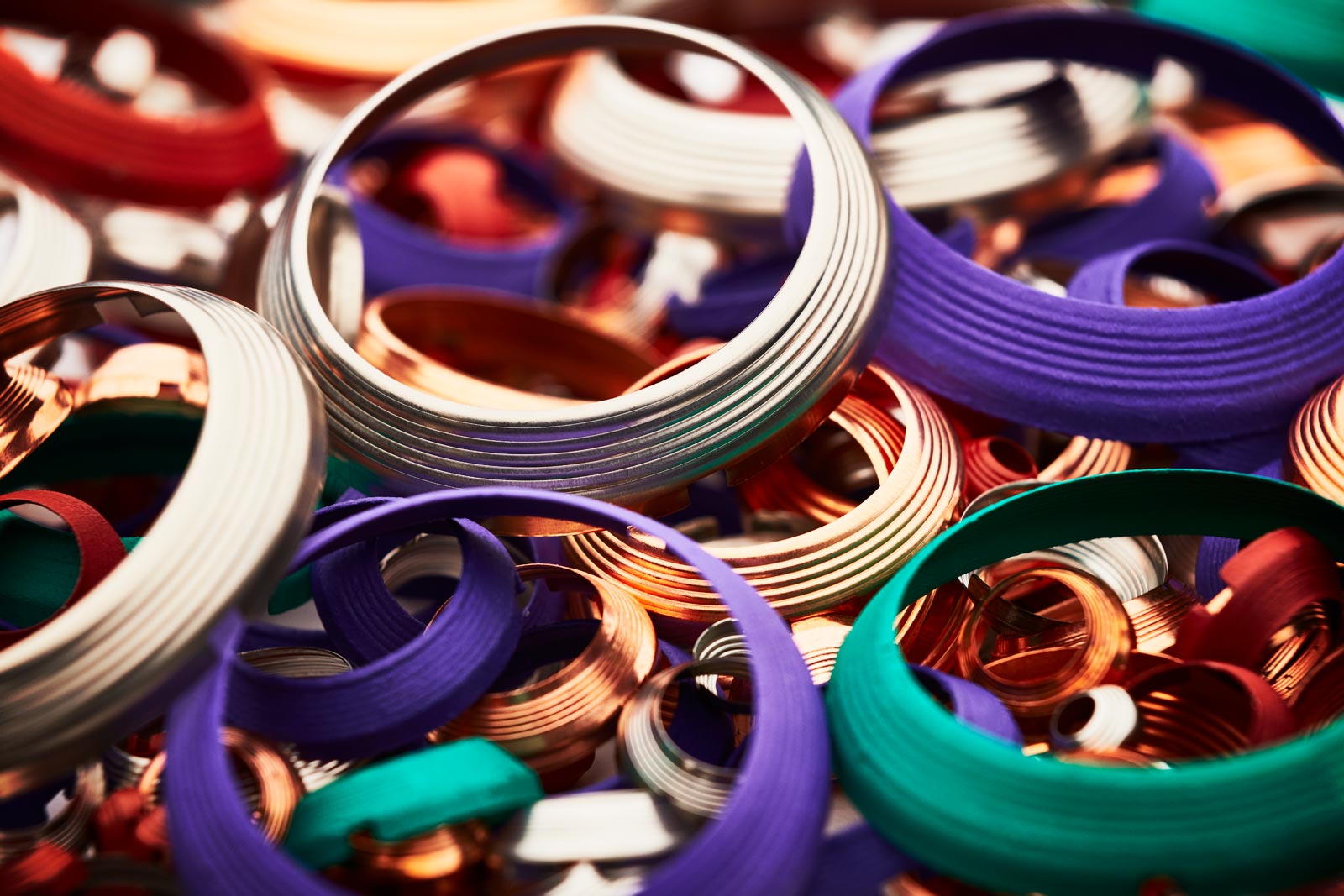 Circles are delightful design elements. The fact that these are functional is a bonus. The trick to images like this one is to make it feel like you just grabbed a snapshot of some parts in a barrel. The reality is quite different: cleaning tiny parts, moving them around with tweezers and carefully adjusting the lighting takes hours.
Circles are delightful design elements. The fact that these are functional is a bonus. The trick to images like this one is to make it feel like you just grabbed a snapshot of some parts in a barrel. The reality is quite different: cleaning tiny parts, moving them around with tweezers and carefully adjusting the lighting takes hours.
Studio Photography
Product Photographer
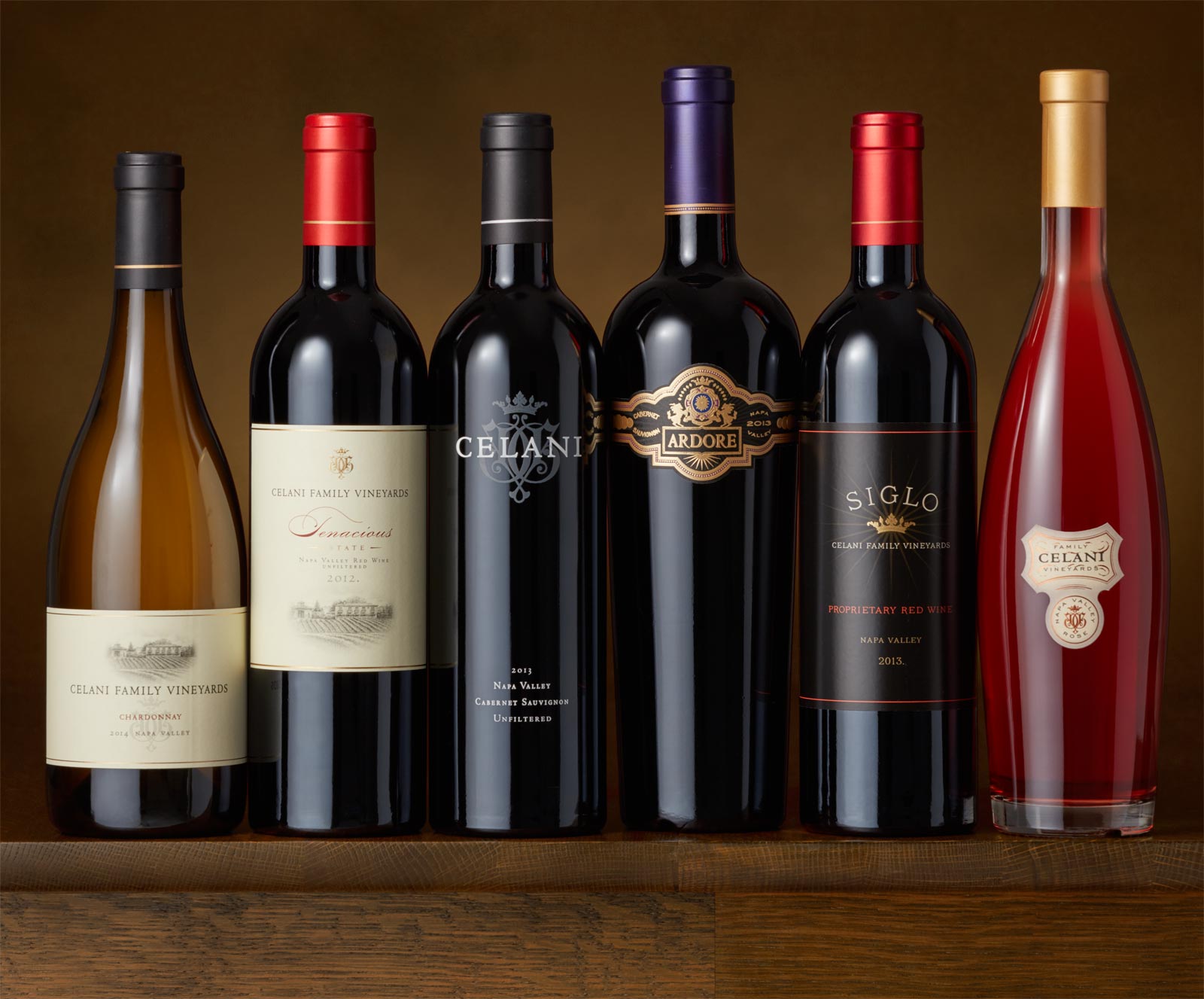 Product photography is a ceaseless joy in my life. I just really enjoy doing it. You would think that photographing wine bottles would be more fun than industrial parts… It really depends on the industrial part. Still, shooting this project was fun as well as challenging and rewarding. Finessing the lighting and bringing life to all of the disparate textures and shapes. The most challenging part of the shot was the highlights – I had to play with them a little to get the contrast I wanted, but I think it turned out well. Let me know what you think.
Product photography is a ceaseless joy in my life. I just really enjoy doing it. You would think that photographing wine bottles would be more fun than industrial parts… It really depends on the industrial part. Still, shooting this project was fun as well as challenging and rewarding. Finessing the lighting and bringing life to all of the disparate textures and shapes. The most challenging part of the shot was the highlights – I had to play with them a little to get the contrast I wanted, but I think it turned out well. Let me know what you think.
Industrial Photographer
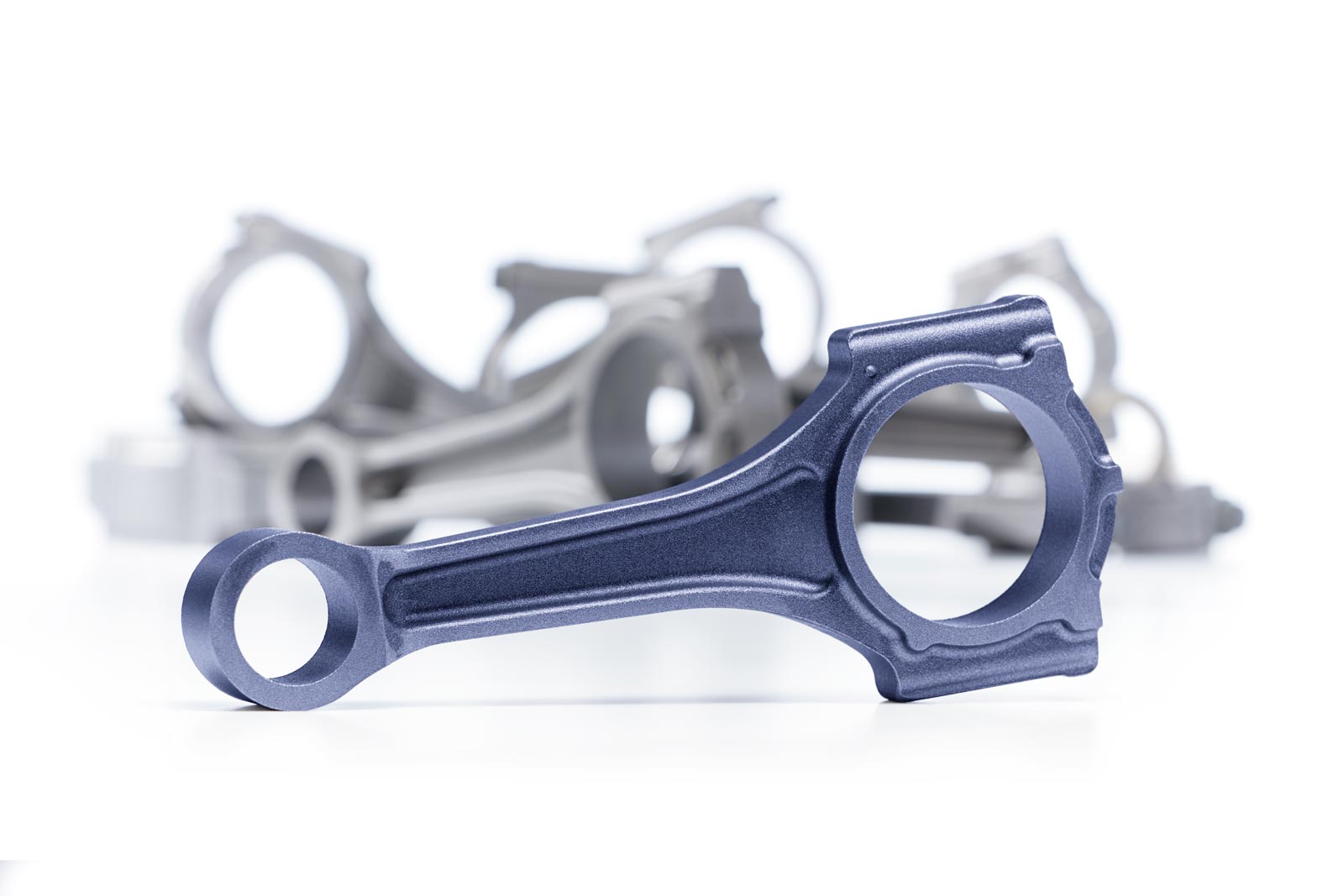
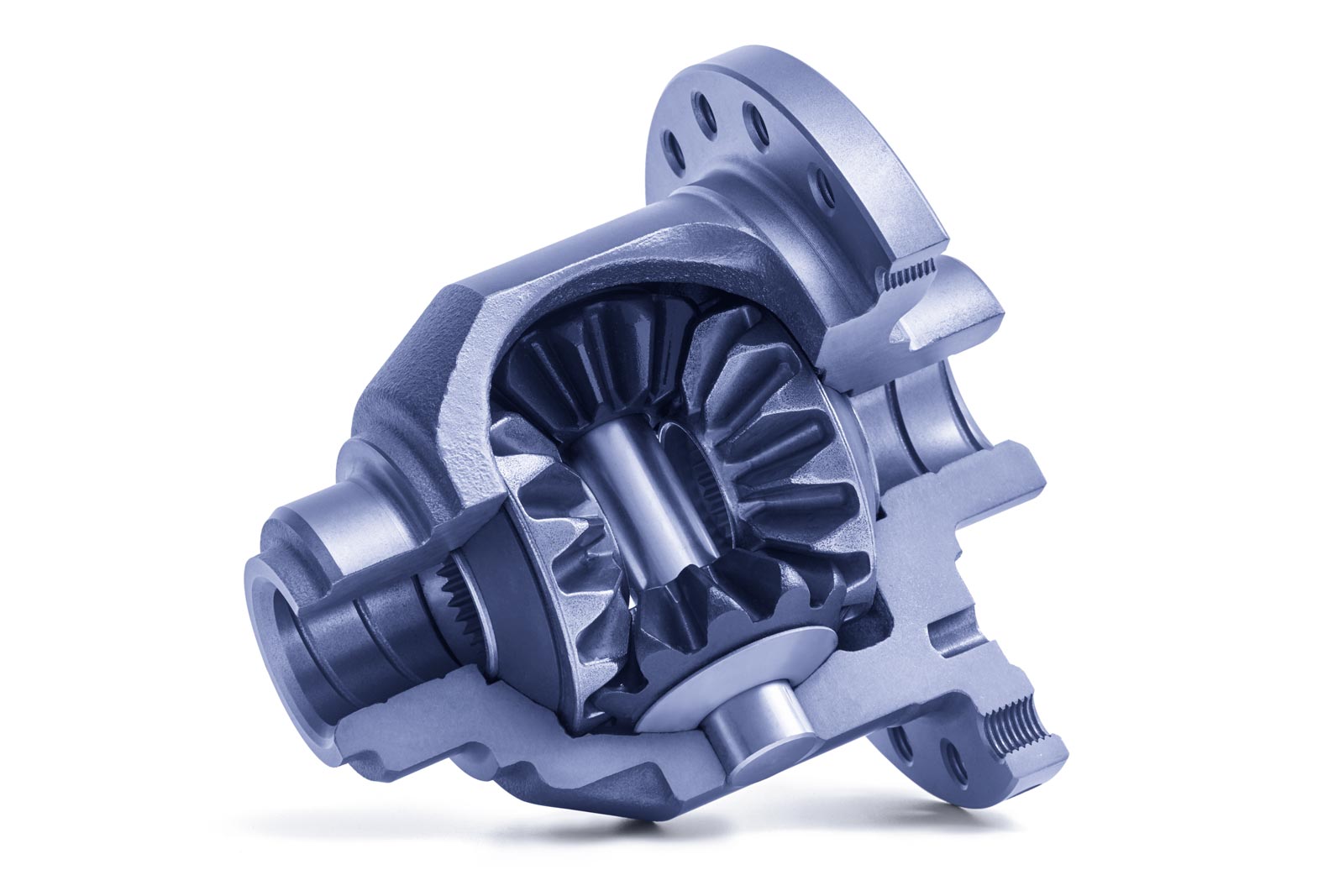 There are thousands of parts in every car. These photographs are of parts from a major automotive supplier. The immediate use of these of photographs is to decorate their offices, but I’m sure they’ll find other uses for them too. The parts have an intrinsic beauty that is undeniable. My goal was to keep it simple, and let the lines, shapes and textures speak for themselves.
There are thousands of parts in every car. These photographs are of parts from a major automotive supplier. The immediate use of these of photographs is to decorate their offices, but I’m sure they’ll find other uses for them too. The parts have an intrinsic beauty that is undeniable. My goal was to keep it simple, and let the lines, shapes and textures speak for themselves.
Commercial Photographer
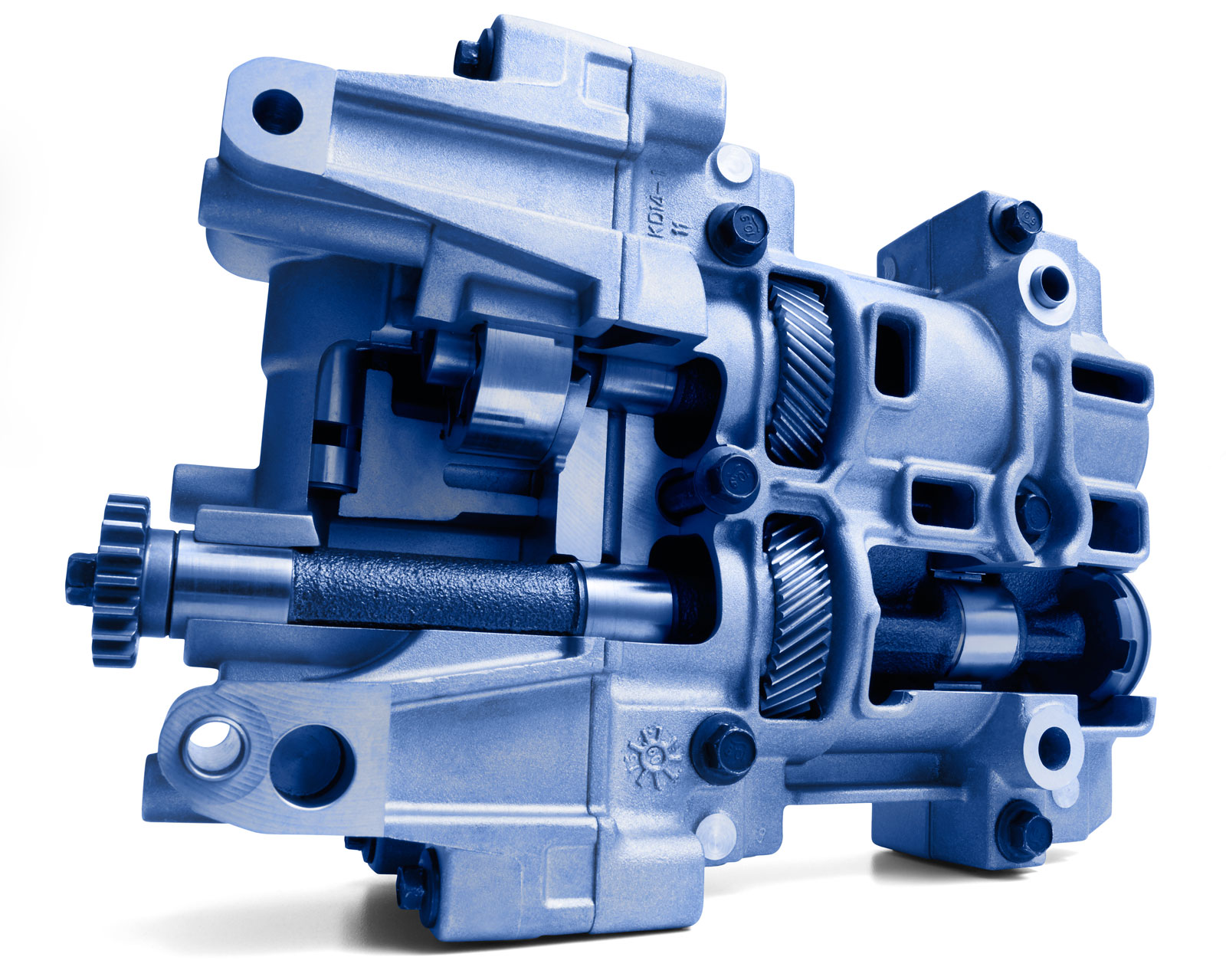 Automotive parts are really important around Detroit. Statuesque is what I was going for. Big. Important. Grand. This part is cutaway so we can see inside. I like shooting industrial parts. You can see them for their functionality or you can see them as circles, rods or trapezoids; light and shadow giving them volume and shape. My job as a commercial photographer is to transform my client’s vision into a photograph, that is visually impressive and tells a story. As always let me know what you think.
Automotive parts are really important around Detroit. Statuesque is what I was going for. Big. Important. Grand. This part is cutaway so we can see inside. I like shooting industrial parts. You can see them for their functionality or you can see them as circles, rods or trapezoids; light and shadow giving them volume and shape. My job as a commercial photographer is to transform my client’s vision into a photograph, that is visually impressive and tells a story. As always let me know what you think.
Detroit Automotive Photographer
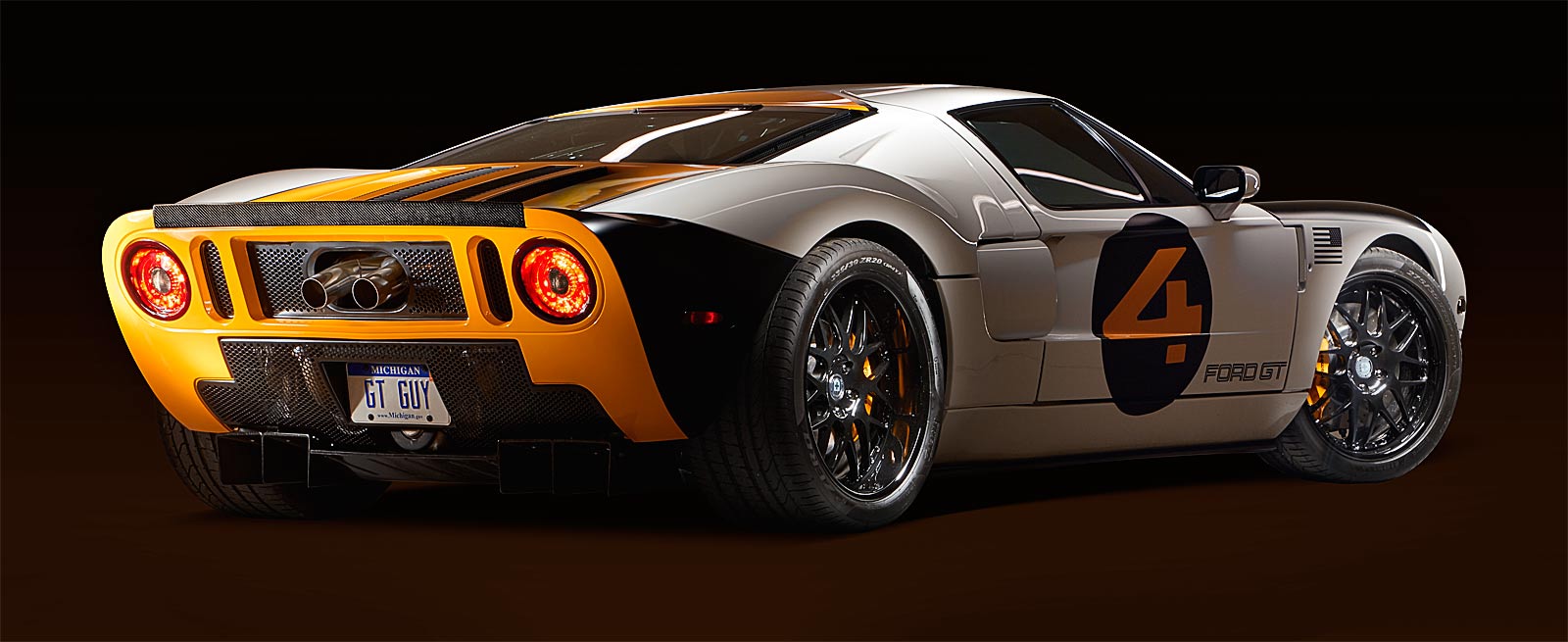 I shot this Ford GT a couple of weeks ago using a technique called light painting. Basically, we just walk around the car shining a light at it. There is a lot of trial and error, as well as a fair bit of serendipity. Frankly, it would be difficult to get a really bad photograph of this amazing car. It has a tricked out 800 horse power engine, custom wheels, bumper kit and an awesome paint job. Leave a comment and let me know what you think.
I shot this Ford GT a couple of weeks ago using a technique called light painting. Basically, we just walk around the car shining a light at it. There is a lot of trial and error, as well as a fair bit of serendipity. Frankly, it would be difficult to get a really bad photograph of this amazing car. It has a tricked out 800 horse power engine, custom wheels, bumper kit and an awesome paint job. Leave a comment and let me know what you think.
Detroit Commercial Photographer Tom Kirby
Detroit Commercial Photographer
Motown is a fantastic place to photograph the industrial truck. There are lots of names for this indispensable industrial workhorse: hi-lo, fork truck, forklift, lift truck. This is a relatively simple one. It was nonetheless a blast to shoot. Personally, I like the red and black together; it’s awesome! A great client and crew make it easier to take interesting pictures. I am interested in your thoughts and comments.
More Charger Hellcat
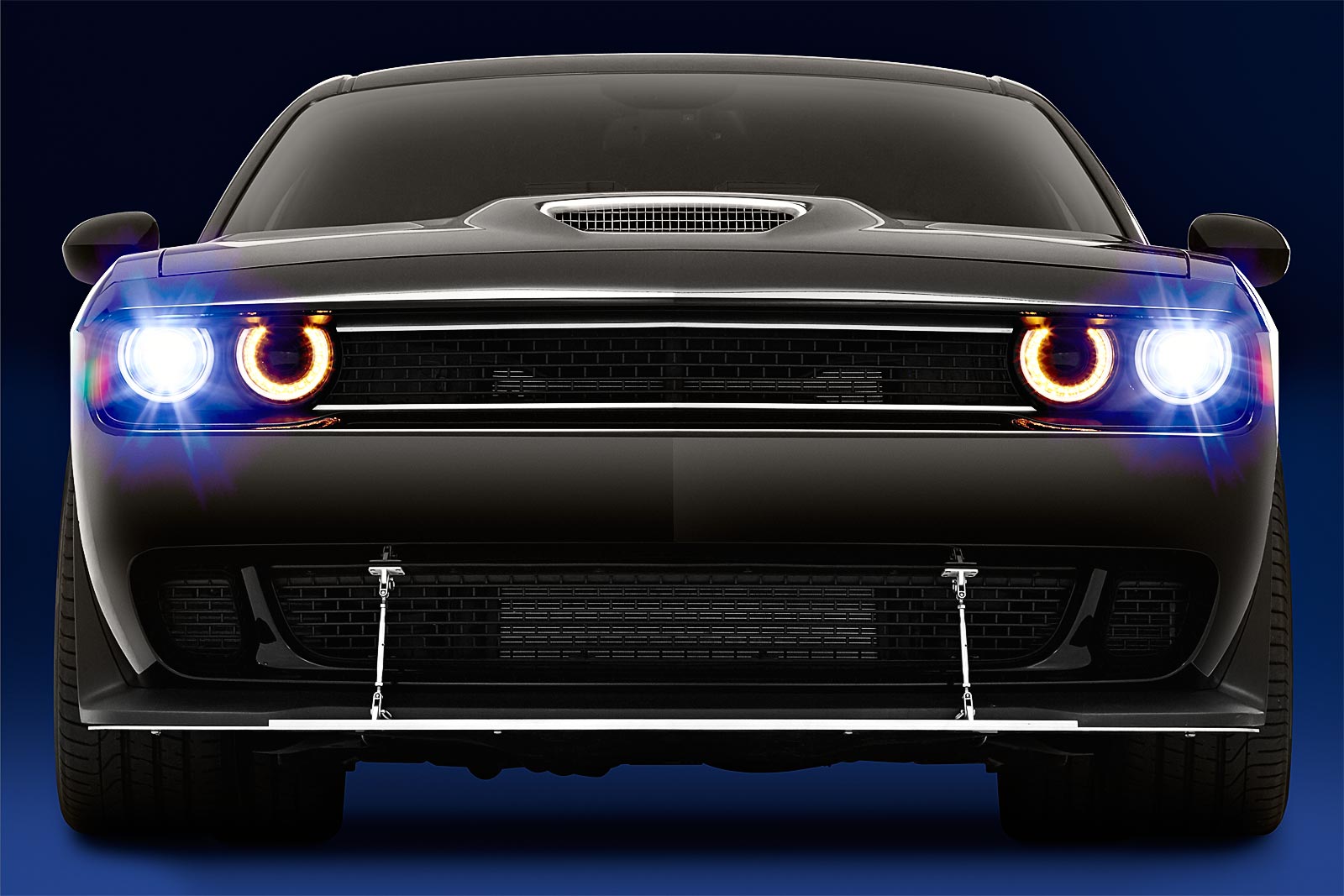 This is another in the series of photographs of the Custom Charger Hellcat. My client wanted an extremely low angle from the front. It was necessary to raise the car onto apple boxes to get the camera low enough. The low angle and the flaring headlights add intensity. Let me know what you think.
This is another in the series of photographs of the Custom Charger Hellcat. My client wanted an extremely low angle from the front. It was necessary to raise the car onto apple boxes to get the camera low enough. The low angle and the flaring headlights add intensity. Let me know what you think.
Artfully Ugly Industrial Parts
Ugly might be a little harsh. They are a long way from beautiful. Unless perhaps you are looking exclusively from a practical point of view. They do what needs to be done. I had to make them look interesting; give them a little visual flair. I put them on the board we ordinarily put under the jack to protect the floor when we jack up a car. I added a little contrast, and a little blue. What do you think?
Automotive Detail Photography
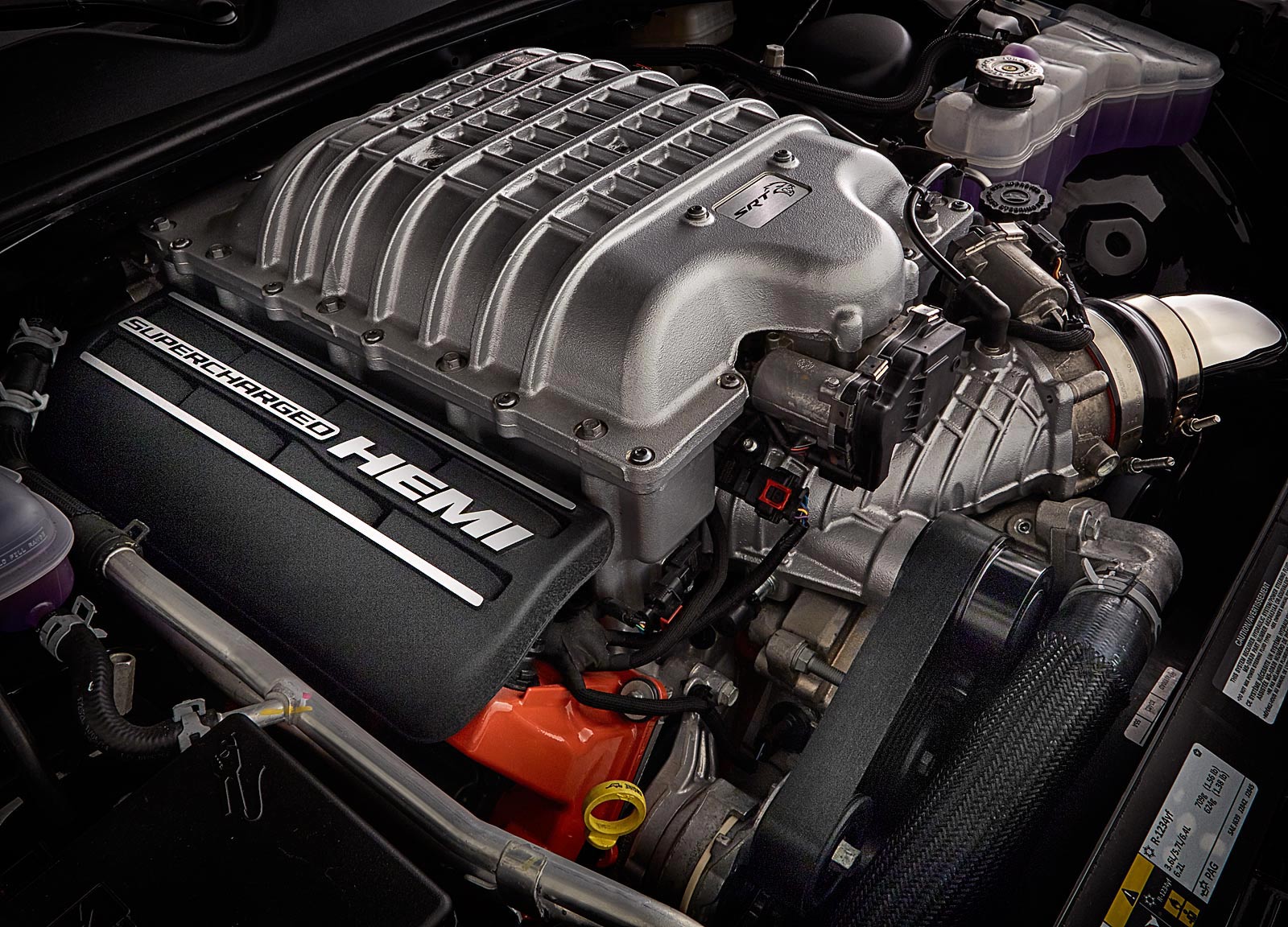 While the big picture is important, details are often more interesting. The 700 plus horsepower engine in this customized Dodge Challenger Hellcat is one of those details. Sometimes it’s a spoiler, or wheels. They are as much fun to shoot and arguably as important as the big picture. As always, I’m interested in your thoughts an comments.
While the big picture is important, details are often more interesting. The 700 plus horsepower engine in this customized Dodge Challenger Hellcat is one of those details. Sometimes it’s a spoiler, or wheels. They are as much fun to shoot and arguably as important as the big picture. As always, I’m interested in your thoughts an comments.
Custom Charger Hellcat
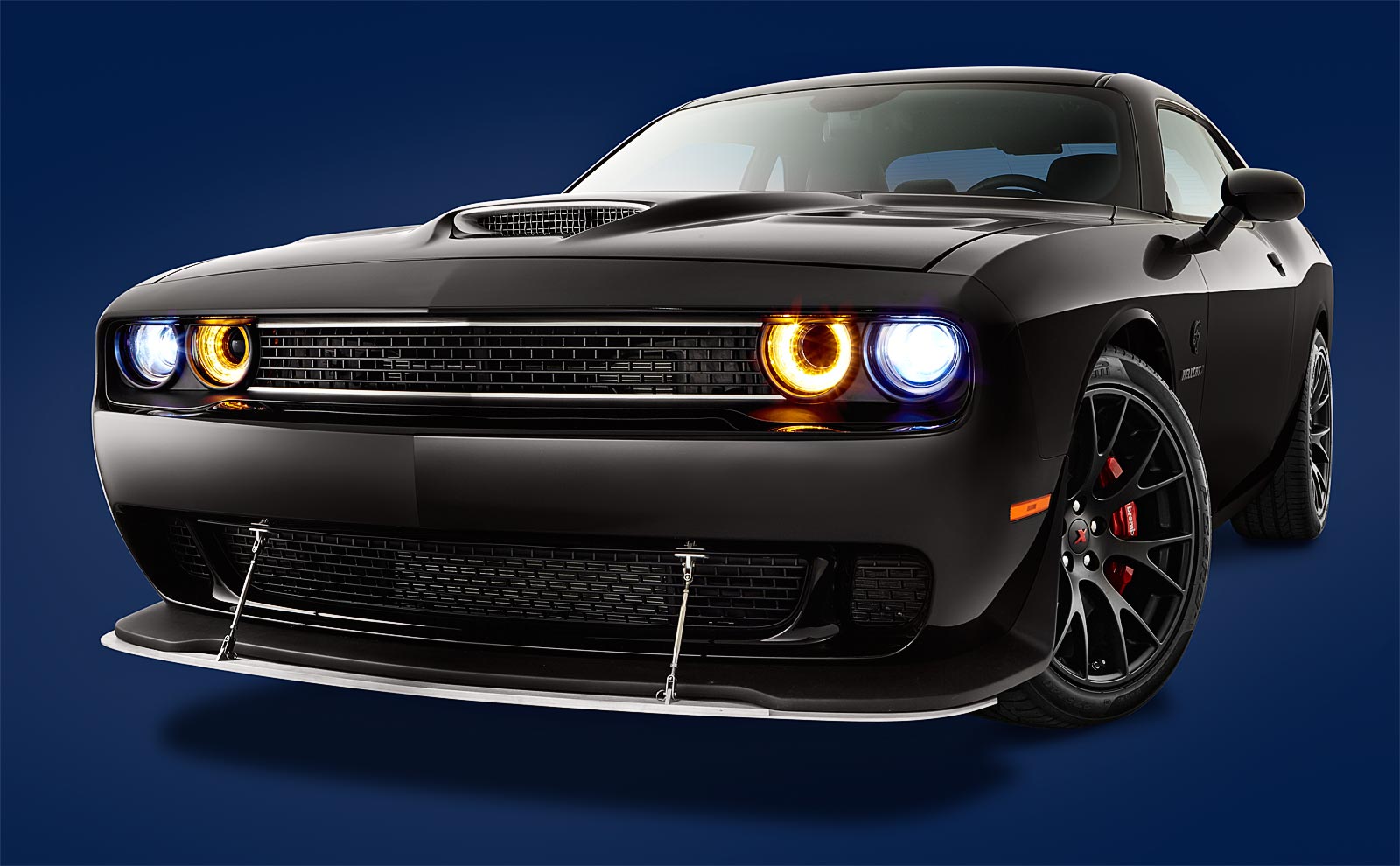
This customized Hellcat is a beast! Black cars are great looking, but they are a bear to photograph. You can’t make them black or they won’t have any shape. So they have to be gray, but look black, and shiny. It’s the challenges that keep this profession fun.
Commercial Studio Photography
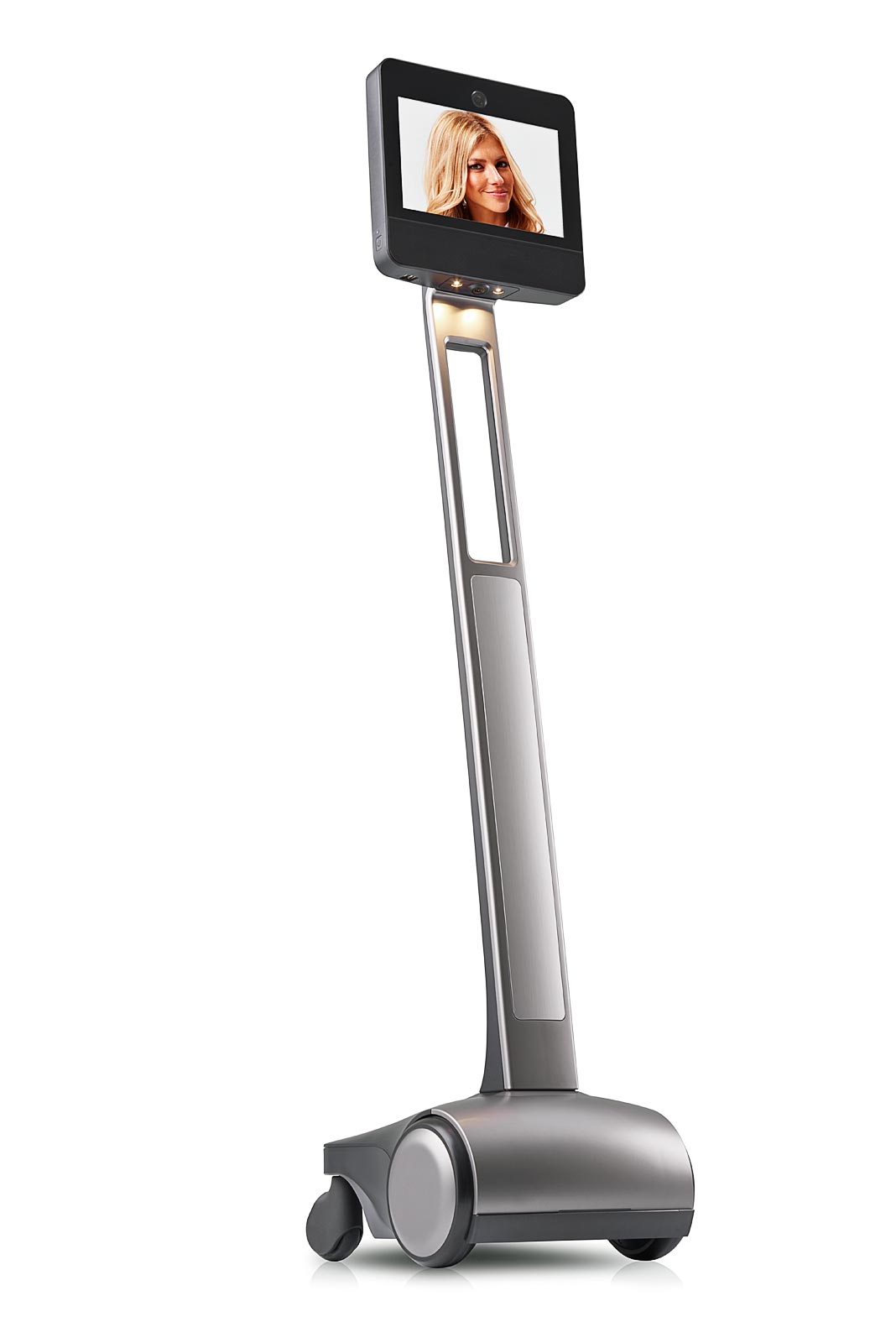
I love shooting in the studio! We recently had a full day shoot for a California client that was a blast. Great clients, great product and a great model added up to a successful and productive day. There were some challenges encountered, like our wi-fi was not up to snuff. We have a fast enough internet connection, but the wi-fi was not. Problem solving kicked in and instead of piloting the unit though the computer, we attached and pulled a fishing line to illustrate motion manually. As always, I welcome your thoughts and comments.
Automotive Studio Photography
 Finding the best angle for a particular car is an impossibility. Best angle for what? Best to display what the designer was thinking? Or best at telling the story that it’s a zoomy exciting car, or a practical safe family car? You get the Idea. Where you stand and where you point has a huge impact on what a photograph says. It’s one of the best lessons I learned from Walter Farynk when I was in school. As always, I’m interested in hearing your thoughts and comments.
Finding the best angle for a particular car is an impossibility. Best angle for what? Best to display what the designer was thinking? Or best at telling the story that it’s a zoomy exciting car, or a practical safe family car? You get the Idea. Where you stand and where you point has a huge impact on what a photograph says. It’s one of the best lessons I learned from Walter Farynk when I was in school. As always, I’m interested in hearing your thoughts and comments.
Industrial Filter Photography
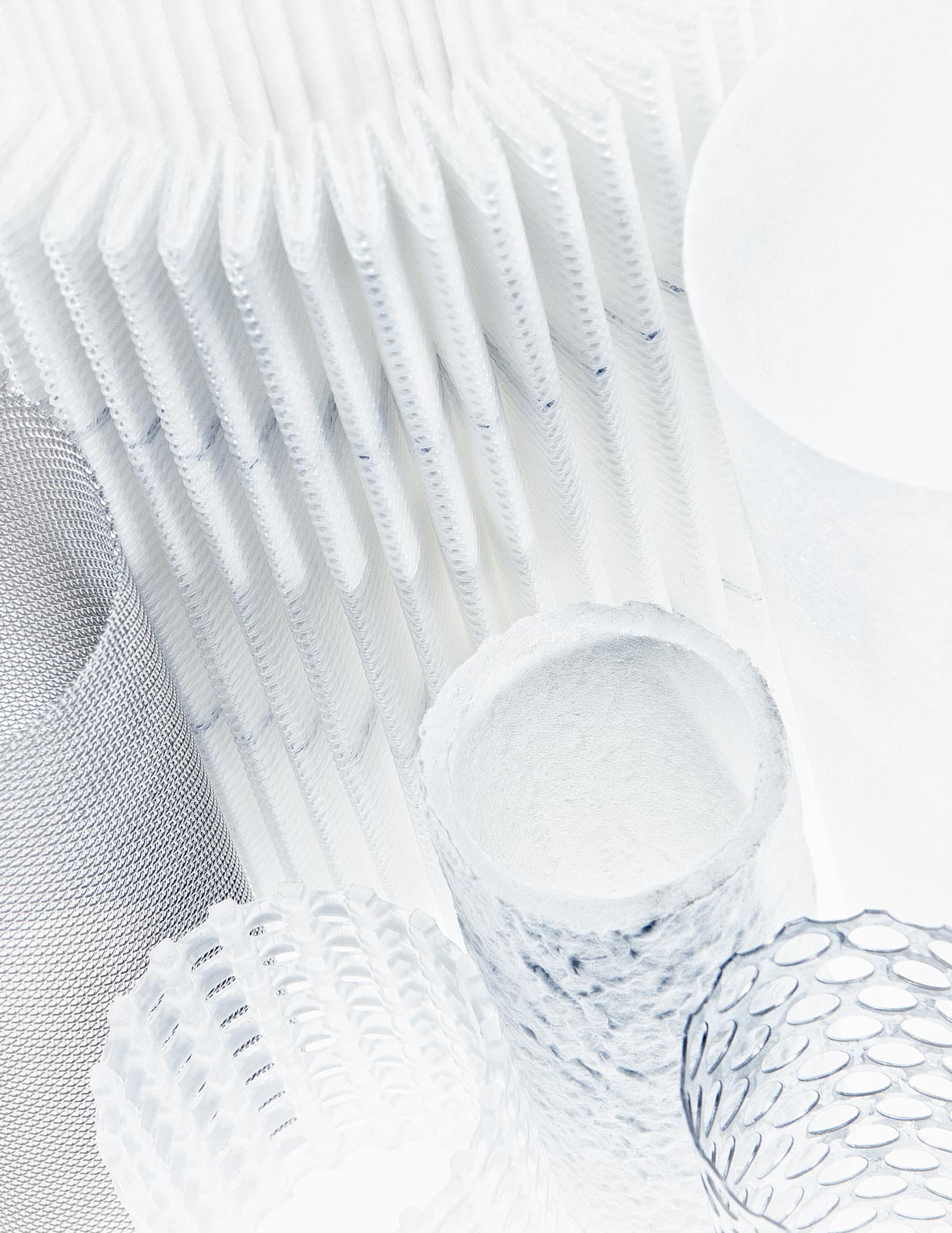 There are thousands of industrial filters that filter a wide assortment of gas and liquid. We were trying to make an interesting photograph to capture the attention of readers. I like stepping outside the bounds of a standard product shot. This hi-key photograph of filter media was one of the solutions that day.
There are thousands of industrial filters that filter a wide assortment of gas and liquid. We were trying to make an interesting photograph to capture the attention of readers. I like stepping outside the bounds of a standard product shot. This hi-key photograph of filter media was one of the solutions that day.
Product Photography for Industry
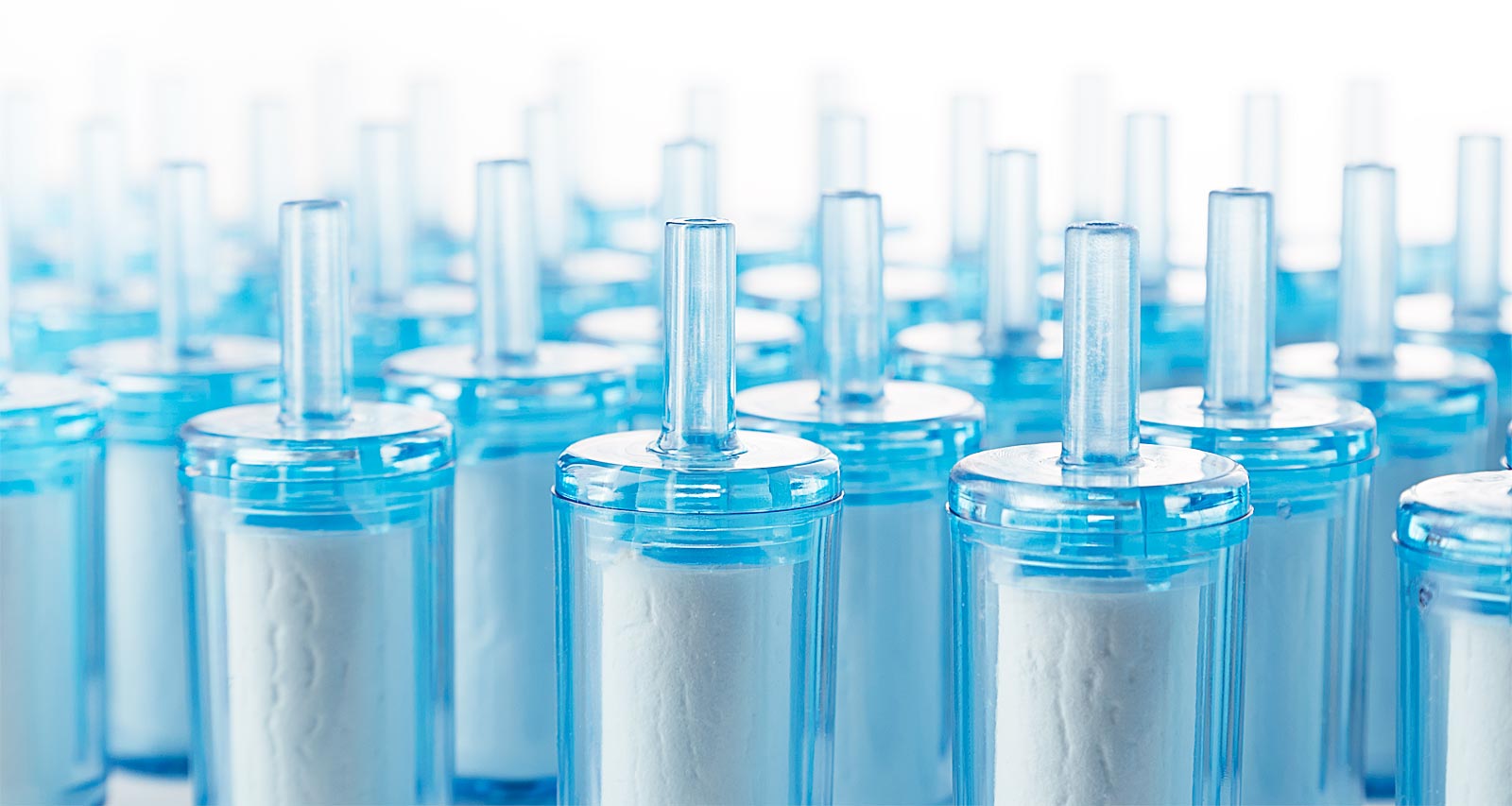 People often associate industrial product photography with slap-dash, down and dirty photography; but it doesn’t have to be. In this project, we needed a few pictures for banners for the client’s home page. The purpose of these photographs is to draw in potential customers with visually compelling imagery. Dynamic photography also helps separate you from your competitors. As always, I’m interested in your thoughts.
People often associate industrial product photography with slap-dash, down and dirty photography; but it doesn’t have to be. In this project, we needed a few pictures for banners for the client’s home page. The purpose of these photographs is to draw in potential customers with visually compelling imagery. Dynamic photography also helps separate you from your competitors. As always, I’m interested in your thoughts.

Health Care Photography
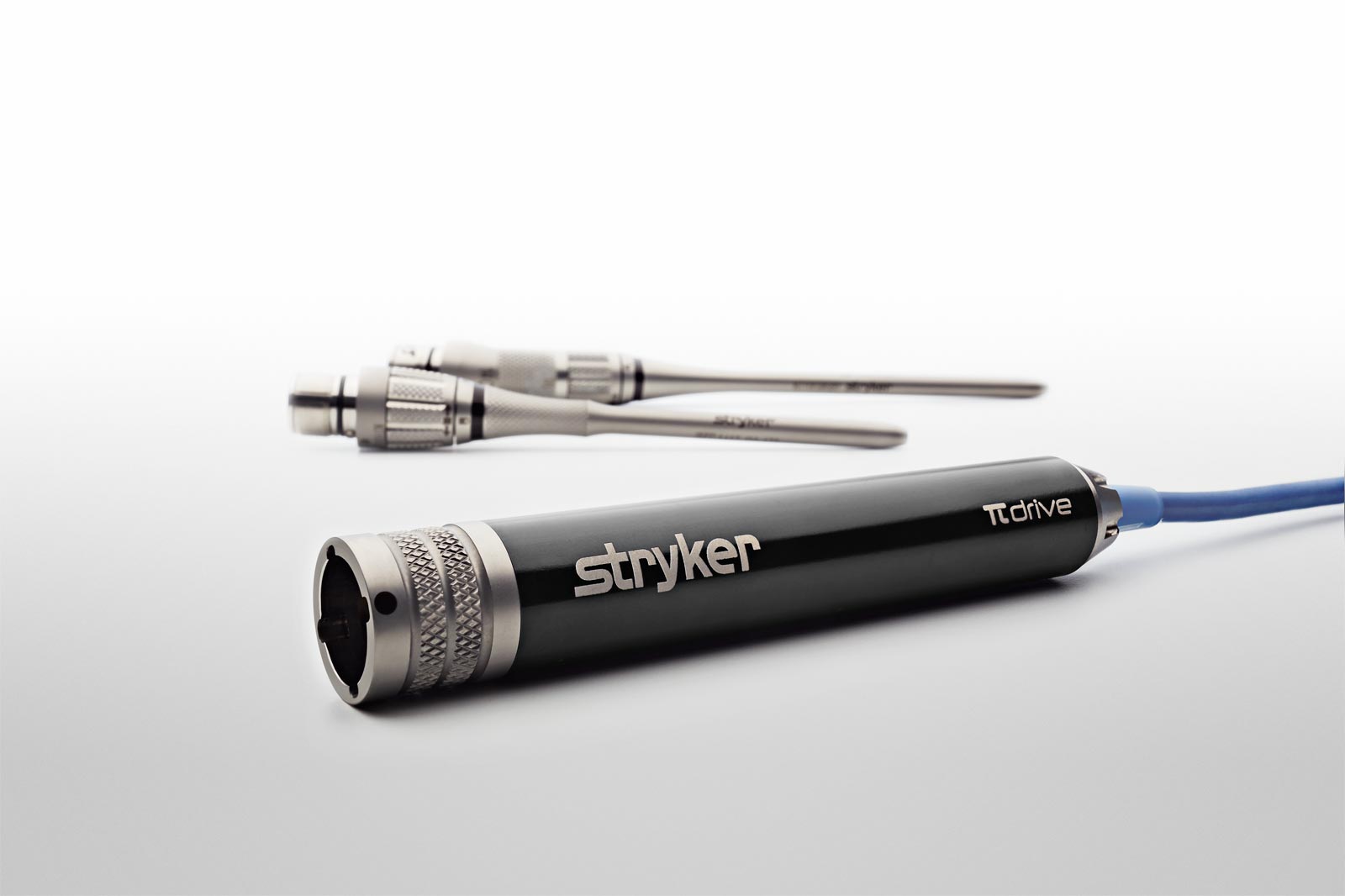 Medical Equipment is fascinating stuff. We don’t usually think about the tools used in operating rooms. Lots of thought goes into the production of the medical devices that help surgeons to do their jobs. Fortunately for me, these tools are visually compelling as well. Very much a collaborative process, it’s vital to have input from clients who understand how they are used and what’s important to feature. Designers / Art Directors are essential as well; they are able to envision all of the uses for my photographs. I am always interested in your thoughts and comments.
Medical Equipment is fascinating stuff. We don’t usually think about the tools used in operating rooms. Lots of thought goes into the production of the medical devices that help surgeons to do their jobs. Fortunately for me, these tools are visually compelling as well. Very much a collaborative process, it’s vital to have input from clients who understand how they are used and what’s important to feature. Designers / Art Directors are essential as well; they are able to envision all of the uses for my photographs. I am always interested in your thoughts and comments.
Muscle Car Photography
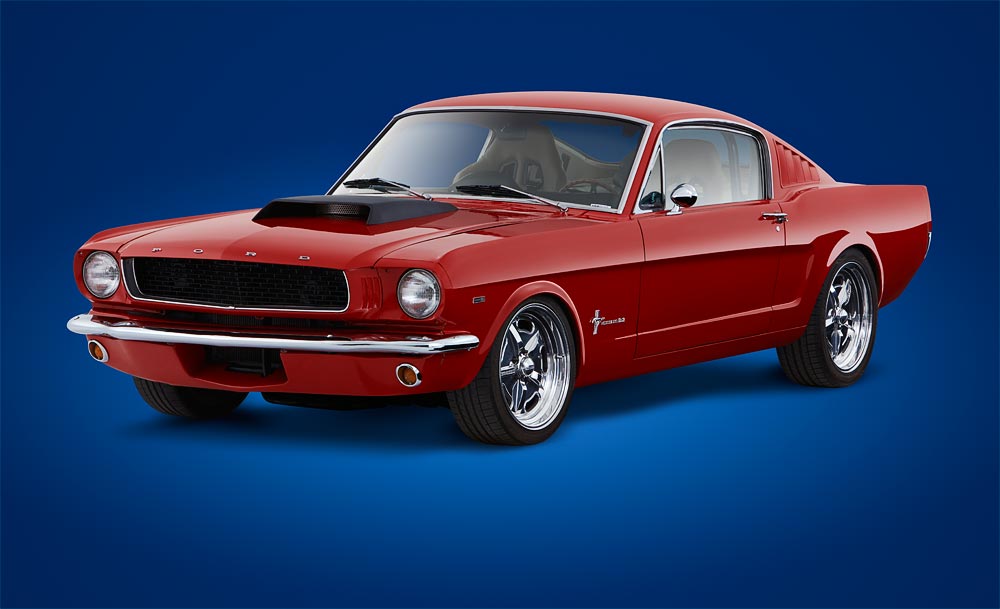 I had the opportunity to photograph a 66 Mustang recently. I love red cars! You could tell that this is Barry’s (the owner's) baby. He called it a “driving car, not a show car”, and he drives it all over! It was a blast to photograph. This is the first of a few shots. Let me know what you think.
I had the opportunity to photograph a 66 Mustang recently. I love red cars! You could tell that this is Barry’s (the owner's) baby. He called it a “driving car, not a show car”, and he drives it all over! It was a blast to photograph. This is the first of a few shots. Let me know what you think.
Industrial Still Life Photography
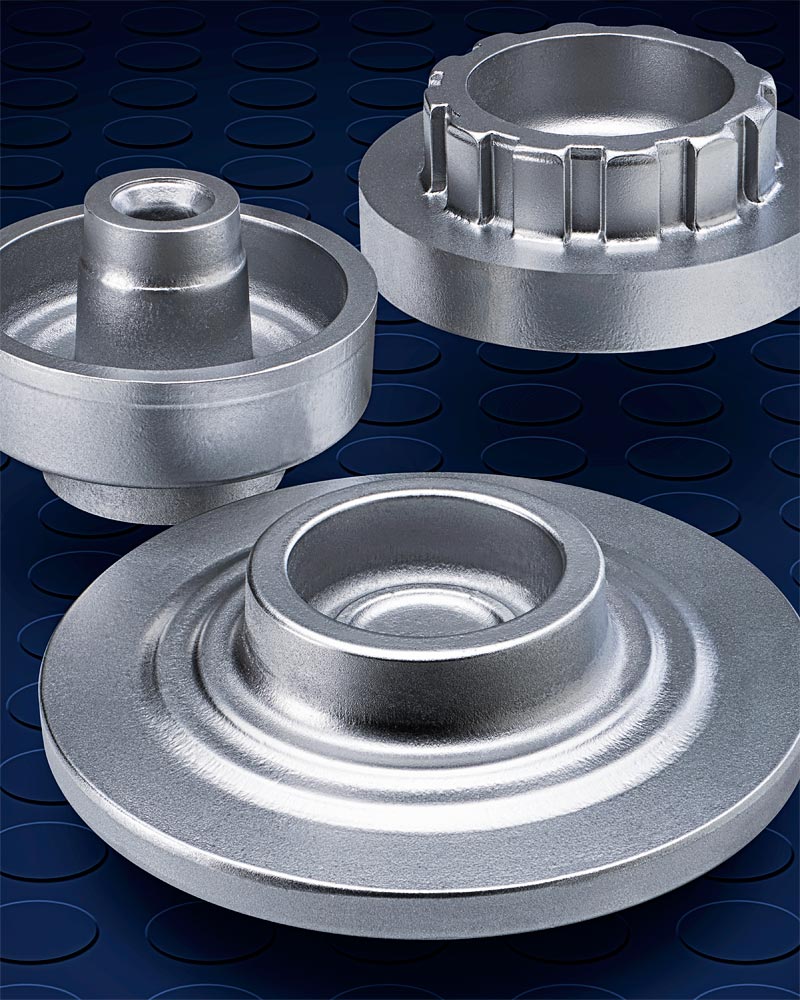 Modern industrial products often start as forged parts. Heated to red hot, then pressed into shape by huge machines, these automotive components are likely in the car you drive. This intermediate stage can be challenging to photograph. A little spray paint and a some additional retouching help make the surface more uniform. Dramatic lighting and an interesting background help further still. As always I’m interested in your thoughts.
Modern industrial products often start as forged parts. Heated to red hot, then pressed into shape by huge machines, these automotive components are likely in the car you drive. This intermediate stage can be challenging to photograph. A little spray paint and a some additional retouching help make the surface more uniform. Dramatic lighting and an interesting background help further still. As always I’m interested in your thoughts.
Still Life Product Photography
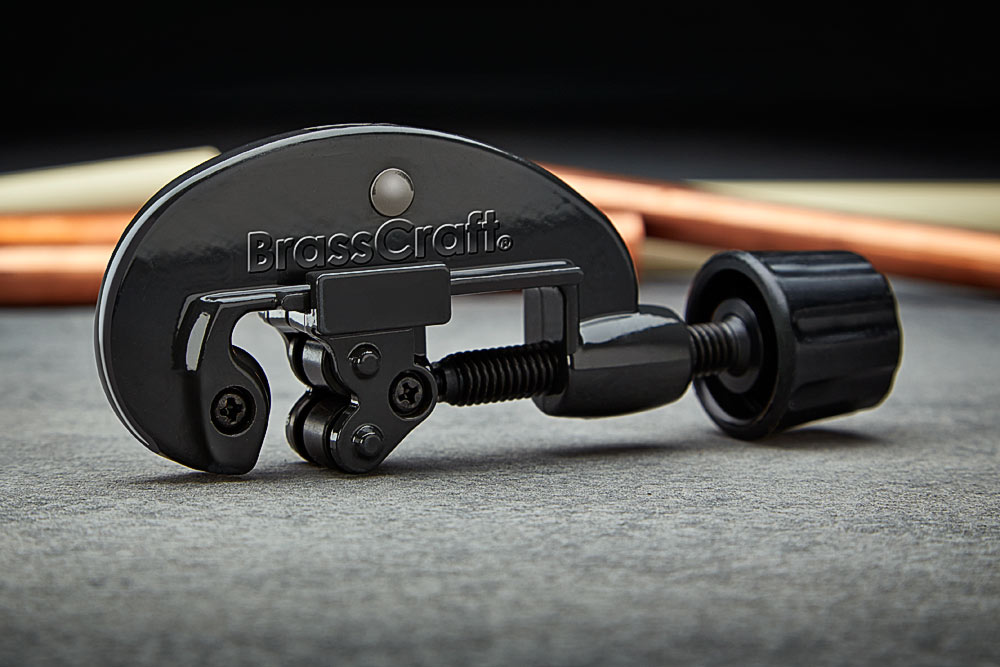 There is product photography, and then there is product photography. What I mean is, you can photograph a product on white which will represent the product and the buyer can glean information from it to better understand what’s being purchased. There are lots of good reasons to do this, and it can be very attractive too. On the other hand, you can put the product in an environment so that it conveys an emotional message as well. A tubing cutter is perhaps not the product you would think of as an emotional buy, but, who doesn't like nice tools? The shiny black one sure does look better! As always, I’m interested in your thoughts.
There is product photography, and then there is product photography. What I mean is, you can photograph a product on white which will represent the product and the buyer can glean information from it to better understand what’s being purchased. There are lots of good reasons to do this, and it can be very attractive too. On the other hand, you can put the product in an environment so that it conveys an emotional message as well. A tubing cutter is perhaps not the product you would think of as an emotional buy, but, who doesn't like nice tools? The shiny black one sure does look better! As always, I’m interested in your thoughts.
Product Photography - Simple!
If things work like they should, most of us don’t install stoves or clothes dryers very often. If it’s a gas appliance, it’s going to involve connecting up the gas. My problem to solve is how to make a gas connector look interesting in a photograph. Graphic arrangement on an interesting background, camera angle, dramatic lighting all work together. Simple! Fortunately, on this project I had the good fortune to work with a terrific art director. As always, I’d be interested to hear your thoughts.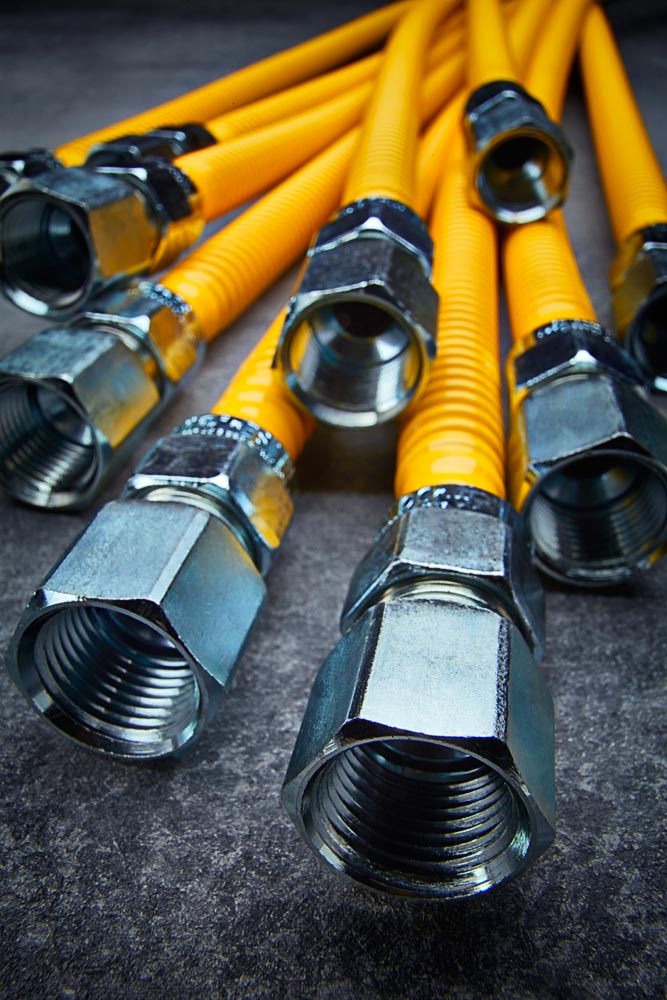
Larger than life
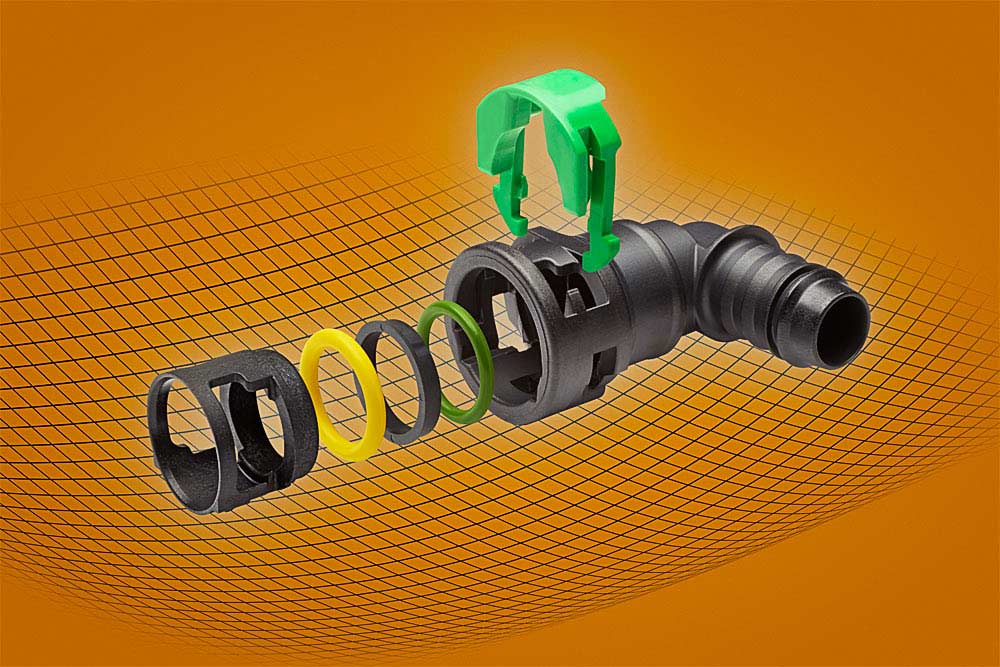 One of the difficulties of photographing very small parts is that often times the finished photographs are displayed larger than life-size. The products were never engineered to be photographically displayed, much less, up close and personal. Occasionally, I’ll give parts to a jeweler friend of mine for him to clean up with his specialized tools. But the answer in most cases is to retouch; removing visual defects and flaws in the product during post-production. Depending on the product and the size it's eventually displayed, the retouching can be tedious work, but well worth it. For this client, the individual products were photographed in a way that enabled me to assemble them in Photoshop to create an exploded view with visual impact.
One of the difficulties of photographing very small parts is that often times the finished photographs are displayed larger than life-size. The products were never engineered to be photographically displayed, much less, up close and personal. Occasionally, I’ll give parts to a jeweler friend of mine for him to clean up with his specialized tools. But the answer in most cases is to retouch; removing visual defects and flaws in the product during post-production. Depending on the product and the size it's eventually displayed, the retouching can be tedious work, but well worth it. For this client, the individual products were photographed in a way that enabled me to assemble them in Photoshop to create an exploded view with visual impact.


